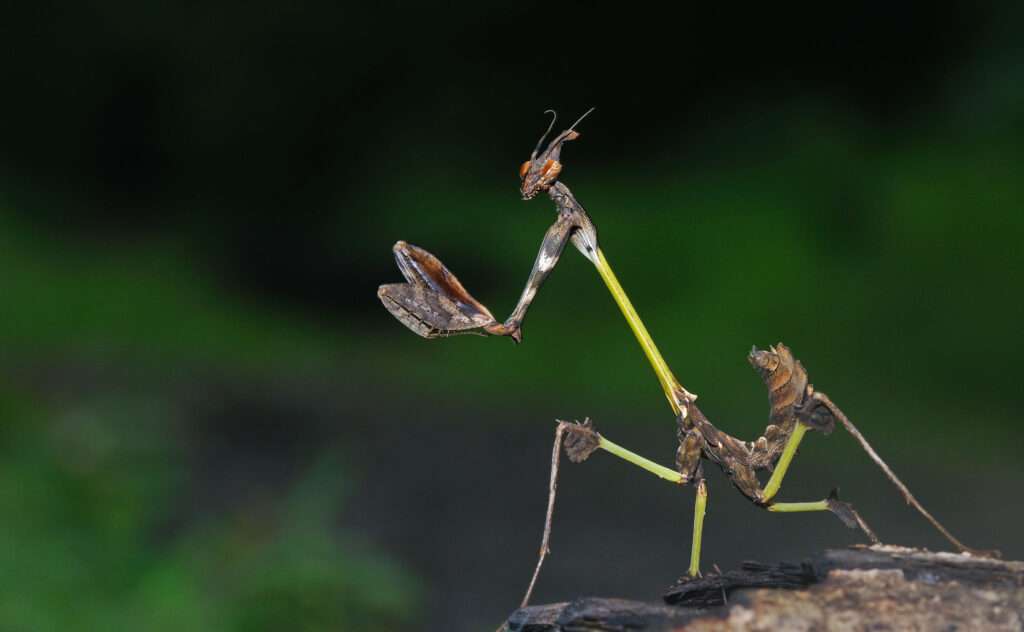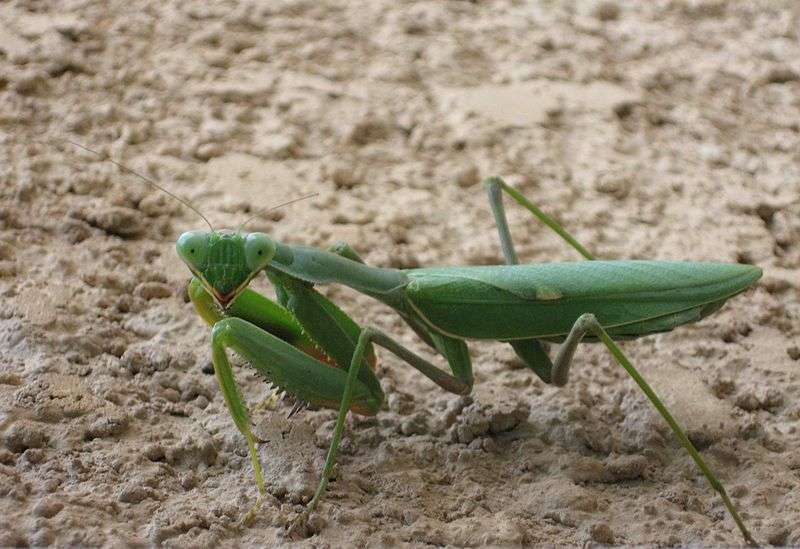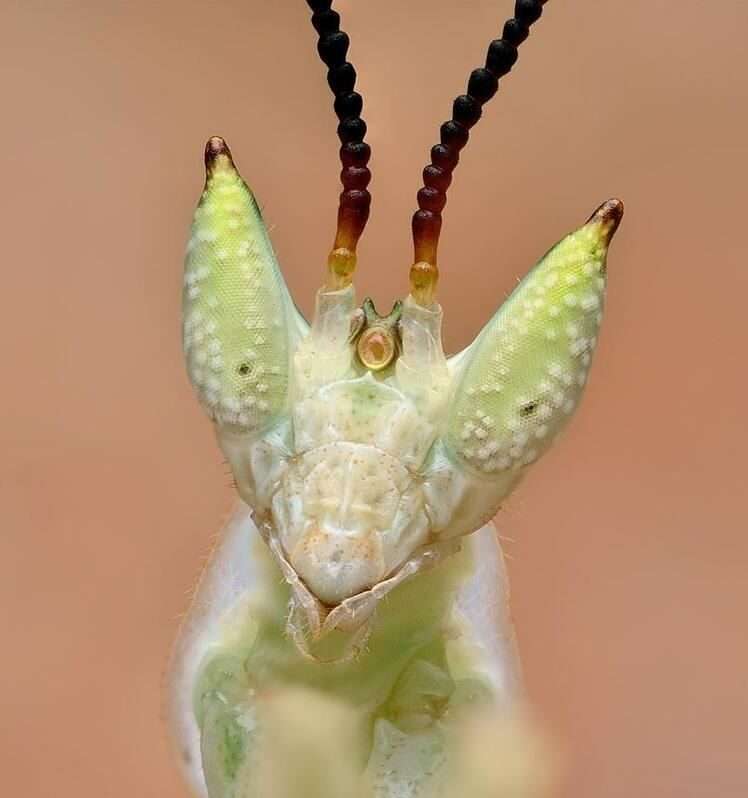
Description
Scientific Name: Gongylus gongylodes
Lifespan: Males about 12 months, Females about 15 months
The Gongylus Gongylodes is the scientific name for the violin mantis, commonly known as the wandering violin mantis, Ornate Mantis, or Indian Rose Mantis. This insect is a member of the Mantodea order, which is made up of 2400 species and 430 different types. It stands out due to its peculiar appearance, which includes very long and slender legs.
The violin mantis, as its name suggests, has a body shaped strangely, with the pro-thorax extending downward, overhanging at the sides, and tapering off to a slender neck that extends to the belly. They can readily blend into the vegetation thanks to their practical design and the leaf-like projections at the joints of their legs, which makes it easier for them to hunt for flying insects. The species’ females are a tiny bit larger than their male counterparts, yet they only have tiny redundant wings that are useless for flight. Surprisingly, male violin mantises are excellent flyers. While in the majority of these insects, a male only has an eight-segmented abdomen, a female only has a six-segmented, broader abdomen. The males have a feathery, divided antenna, while the females have a slender, straight, and long antenna.
Habitat
They can be found in Sri Lanka and Southern India.
Behavior
The violin mantis is known for its tolerance; unlike some members of their species, they are friendly to one another and avoid cannibalism. When there is enough of food, they seldom ever fight. It is wiser to breed males and nymphs separately, especially if nymphs are hard to come by. They always live and reproduce in large clusters in their natural habitat, abstaining from cannibalism.
Keeping as a Pet/ in captivity

Enclosure
As with other mantises, the enclosure’s height is more crucial than its breadth. To extricate themselves from their molted skin, they require the height necessary to molt without contacting the ground. According to conventional guidelines, the cage must have a height and width that are each at least three times the body length.
A space measuring 20 cm by 20 cm by 30 cm (8 in. by 8 in. by 12 in.) will do for one adult wandering violin mantis. Multiple tiny nymphs can fit in an enclosure of this size, but take care that it doesn’t get too crowded.
Feeding
The wandering violin mantis prefers to ambush its prey rather of going on the quest for it. Fly larvae make up the majority of its natural food. It is the same for these captive creatures. They immediately catch a fly in the air. A cricket or bug won’t elicit their wrath. Flies can provide the majority of their food to them.
Feed live flies to your (sub)adult mantises. Fruit flies will be the preferred food for the smaller nymphs because houseflies are too big for them to catch. When live food is constantly available, they thrive. Feed them frequently, preferably every other day, and avoid giving them too much food at once.
Humidity
Even though this species prefers a dry environment, you must maintain a humidity level between 30% and 50%. You can get issues like dehydration and mismolts if it’s too dry. Although it’s not necessary to sprinkle water every day, it is advised. Simply spray farther out when using a terrarium or netted cage to allow the mist to slowly enter the enclosure. Spray very sparingly on the sides and/or bottom of the terrarium, but avoid spraying on the animals themselves. They object to that. But be careful not to make it soggy.
Temperature
They enjoy the heat; for this species, a temperature of about 35°C (95°F) is perfect. The ideal temperature range for them during the day is between 30°C and 40°C (85°F-104°F).
Therefore, a basking light is strongly advised. They are drawn to the light source and enjoy radiation heat. A heat light of about 40W is required for glass/acrylic terrariums. A 60W bulb is suggested for terrariums with screens or nets. Because it produces a temperature gradient that enables the animals to select their favourite temperature, a light bulb is the preferred heating source.
Table





